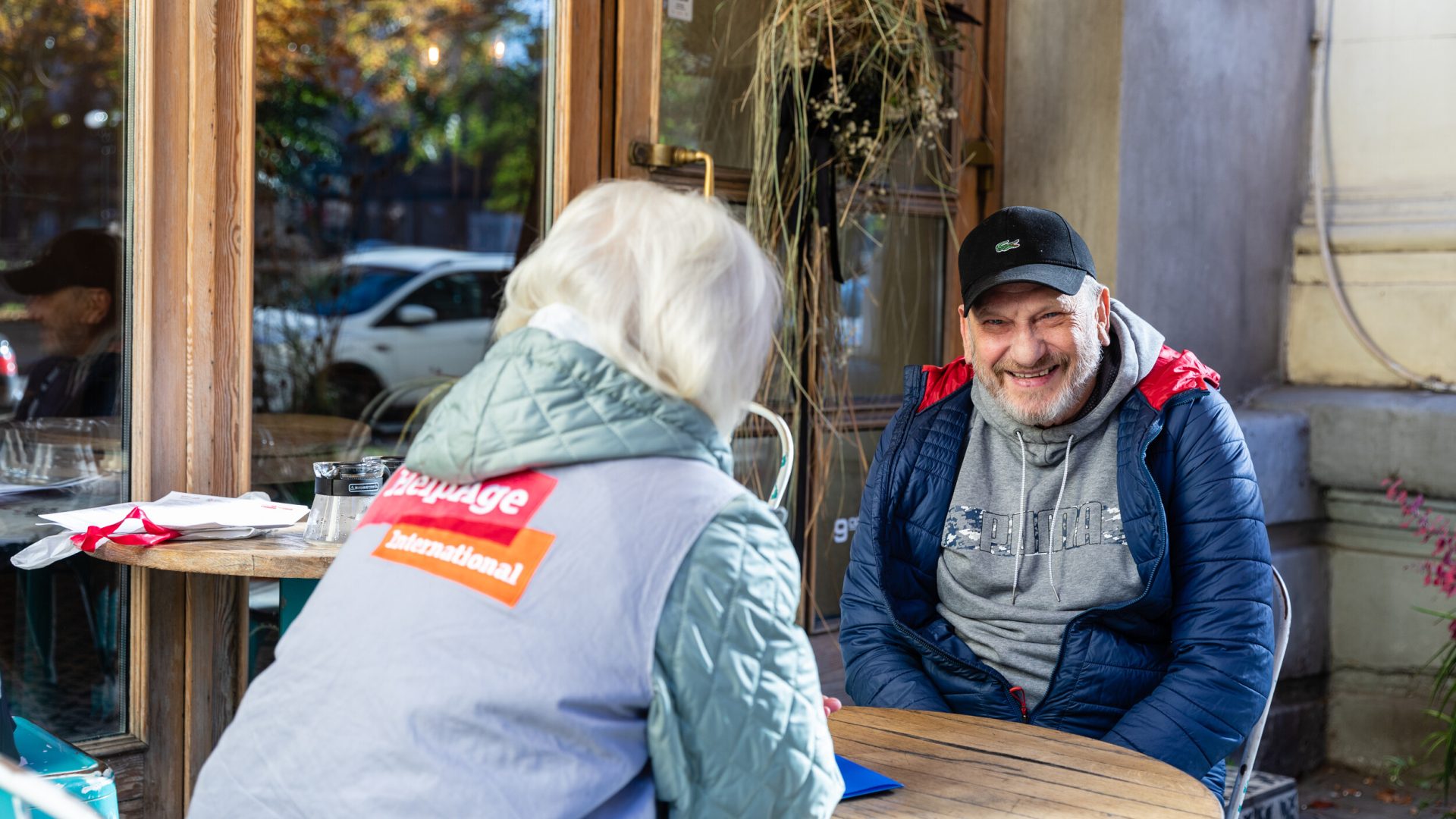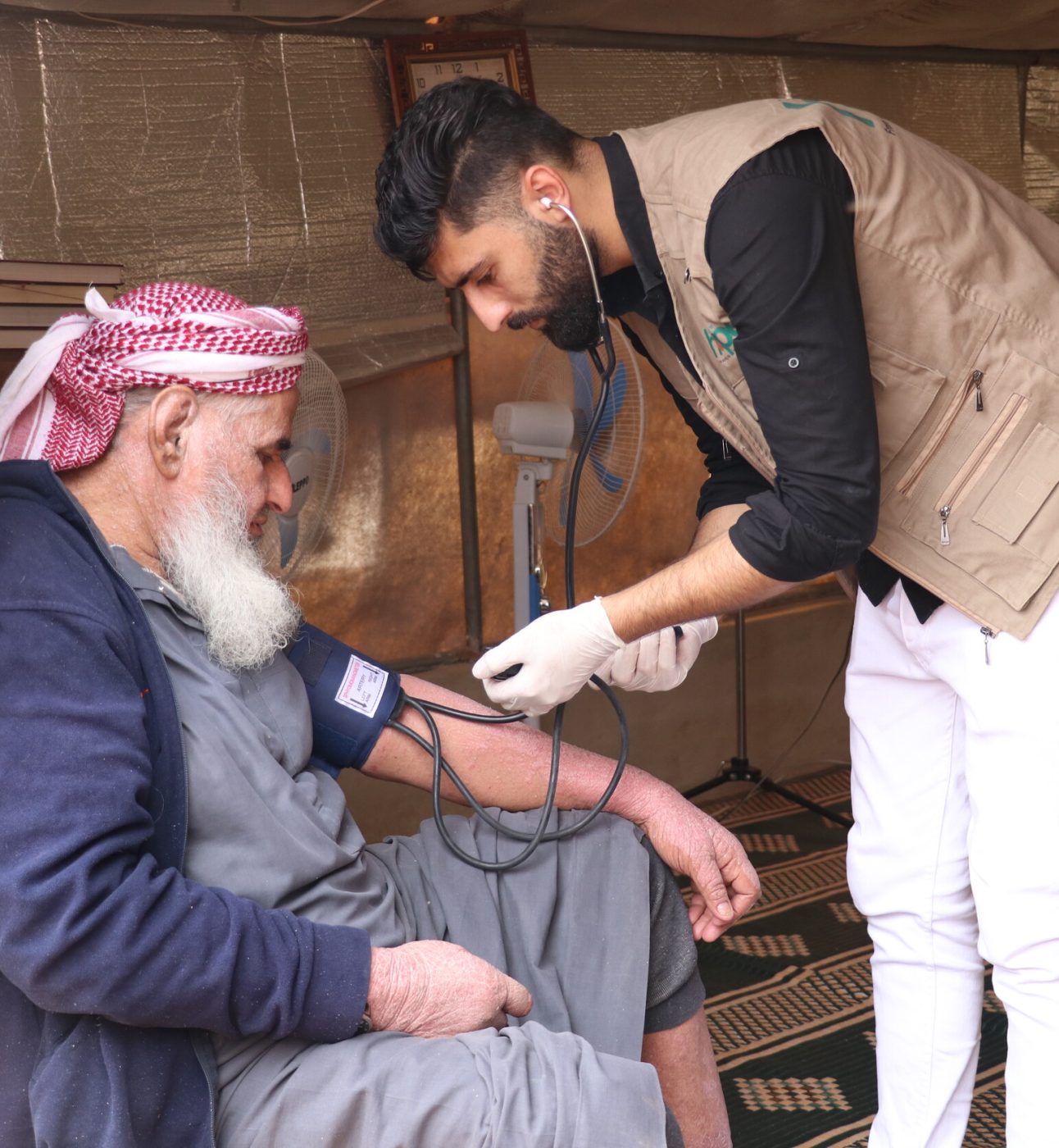How are Age Inclusion Specialists making a difference?
- They bring older people into the picture – AIS have helped put older people back on the map. In Ethiopia, a revised data tool identified six times more older people in one region than had been previously recorded. In Venezuela, food aid was redesigned to meet older people’s nutritional needs.
- They drive system-wide change – From training humanitarian staff to designing new tools and guidance, AIS help ensure older age inclusion is integrated across all sectors – including health, protection, shelter and cash assistance. They also strengthen collaboration with existing groups, such as older people’s associations.
- They promote participation – Older people aren’t just recipients of aid – they’re experts in their own experience. AIS make sure older people take part in decision-making, bringing their knowledge to the table so that humanitarian response is better tailored to real needs.
What’s helping – and what’s holding us back
The research draws on over 70 interviews with UN officials, NGOs, and humanitarian leaders. It shows that the AIS role is a powerful catalyst for change but also highlights challenges that must be addressed.
What works:
- Strong relationships with local and international partners
- Alignment with other inclusion priorities (disability, gender, protection)
- On-the-ground presence and in-country support for the AIS
What’s missing:
- Long-term funding and leadership support
- Clear job profiles and professional development pathways for AIS
- Institutional buy-in at the highest levels
As one humanitarian official said:
“The AIS role is a catalyst, but without broader buy-in, the impact risks fading when they are not around.”
What needs to happen next?
The report makes eight key recommendations to ensure that older people’s inclusion in humanitarian action is not just a one-off success, but a lasting shift in how we respond to crises:
- Establish systems to quickly deploy Age Inclusion Specialists in new emergencies
- Ensure consistent funding for AIS roles in both current and future responses
- Define core competencies for AIS and support their professional growth
- Embed AIS in national response teams and map key partners before disasters strike
- Make older age inclusion a requirement for humanitarian funding
- Push for joint advocacy across agencies to secure pooled funding for inclusion
- Tailor technical support and guidance to each sector’s needs – moving beyond general messaging
- Ensure older people’s voices are heard at the top by including AIS or representatives in leadership meetings and guidance-setting bodies.
A turning point for humanitarian action
The Age Inclusion Specialists have shown what’s possible when older people are finally part of the conversation. They’ve helped shift the mindset from “one-size-fits-all” to “no one left behind.”
But this shift must now be scaled and sustained.


